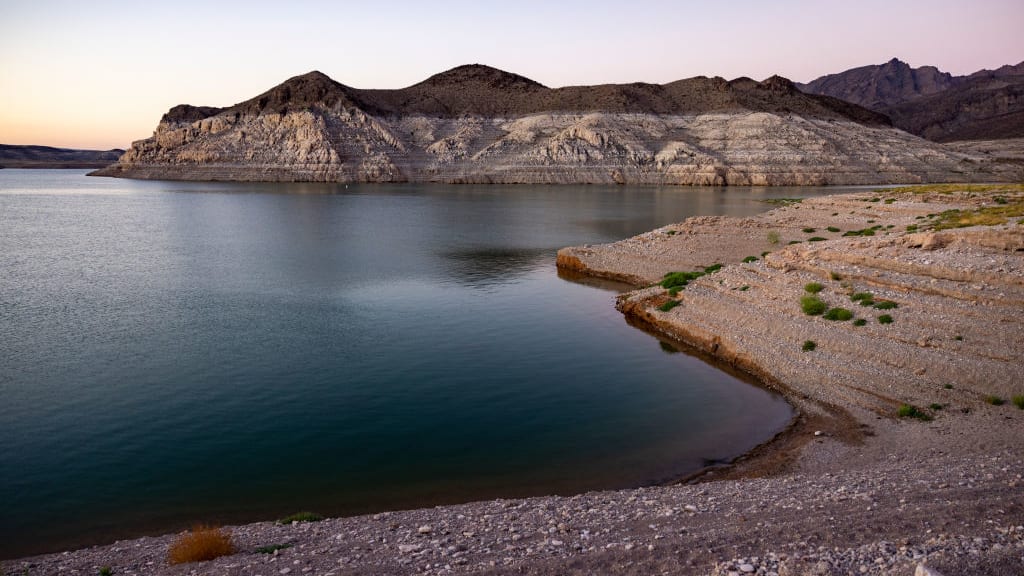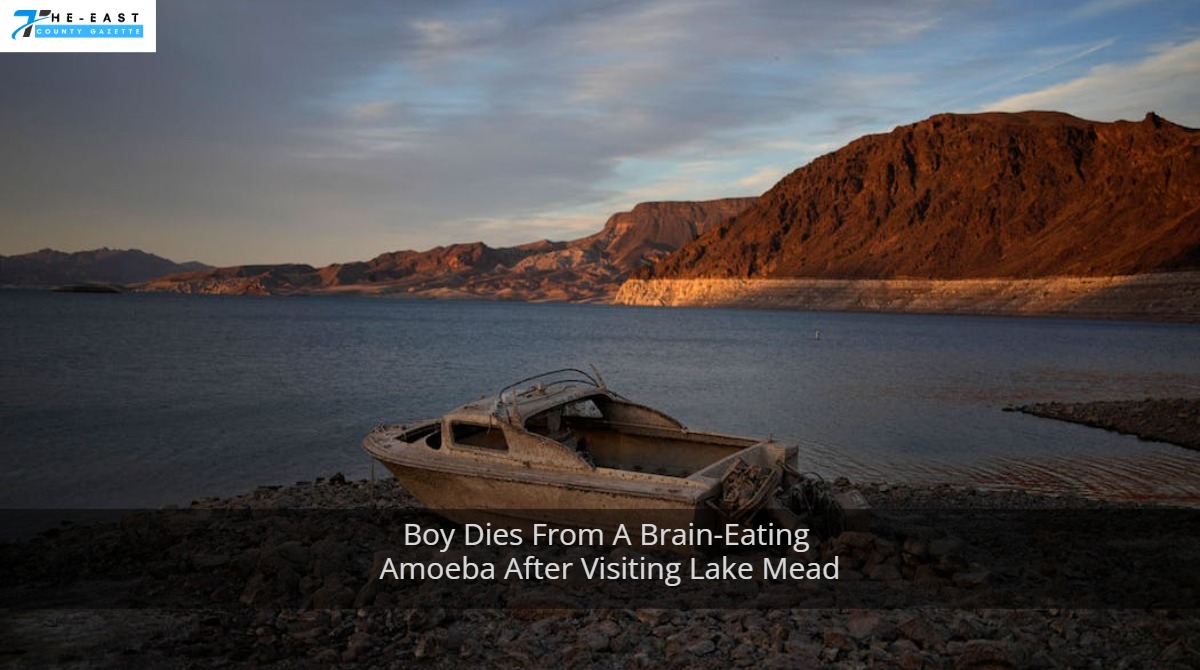After visiting Lake Mead last month, a boy from Nevada passed away from an infection brought on by a brain-eating amoeba. According to a statement from the Southern Nevada Health District, he was probably exposed in Arizona close to the Hoover Dam and started showing symptoms about a week later (SNHD).
District health officer Fermin Leguen extends his sympathies to the young man’s family in the statement. “While I want to reassure the public that this type of infection is an extremely rare occurrence, I know this brings no comfort to his family and friends at this time” he added.
Naegleria Fowleri or the Brain-eating amoebae (Naegleria fowleri) are single-celled organisms generally found in warm fresh water. They enter through the nose and go up into the brain, where they kill brain tissue and cause primary amebic meningoencephalitis (PAM).
Headache, fever, nausea, and vomiting are common symptoms that start to appear around five days after exposure. Later signs of the illness include a stiff neck, confusion, inattentiveness, seizures, hallucinations, and coma. The sickness advances rapidly. Typically, five days after the onset of symptoms, death occurs. According to the Centers for Disease Control and Prevention, Naegleria fowleri cannot transfer from one person to another and cannot cause infection if swallowed because stomach acid kills the amoeba (CDC).

PAM is uncommon yet frequently fatal. Only four of the 154 known infected Americans have recovered, representing a fatality rate of more than 97 per cent, between 1962 and 2021. Boys 14 and younger are most commonly infected, which the CDC attributes to their tendency to dip into the water and dig through the bottom sand more frequently than other age groups.
Dennis Kyle, an infectious disease researcher at the University of Georgia, told Nexstar’s Michael Bartiromo last year that although there is currently no treatment for PAM, a variety of medications, including antifungals and antibiotics, are used in combination because “none work very well by themselves.” “If we had more awareness, better support, and more people working on this, we might be able to develop better diagnostics and therapies in a short period of time and stop these tragic things from happening,” he says.
According to the CDC, it’s probable that PAM instances will increase as a result of climate change because these organisms thrive in warmer seas. But as of 2019, according to CDC medical epidemiologist Jennifer Cope statistically significant trends of growing numbers have not been noticed. “However… the geographic distribution appears to be moving north”, she added.
The Nevada incident represents the third deadly illness in the US this year. A child from Nebraska lost his life in the Elkhorn River in August after swimming there. And in July, a Missourian man caught the illness at a beach in Southern Iowa.
According to Maria Said, a U.S. public health service officer, “the bacterium lives naturally and frequently in the environment, but sickness is quite rare”. However, if they enter warm freshwater, recreational water users should always consider there is a risk.

